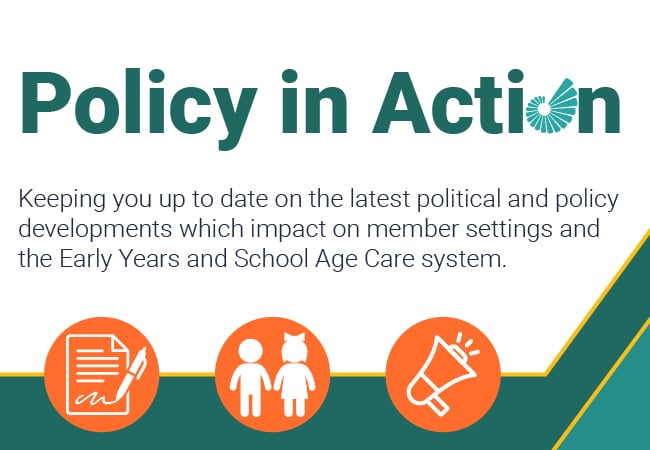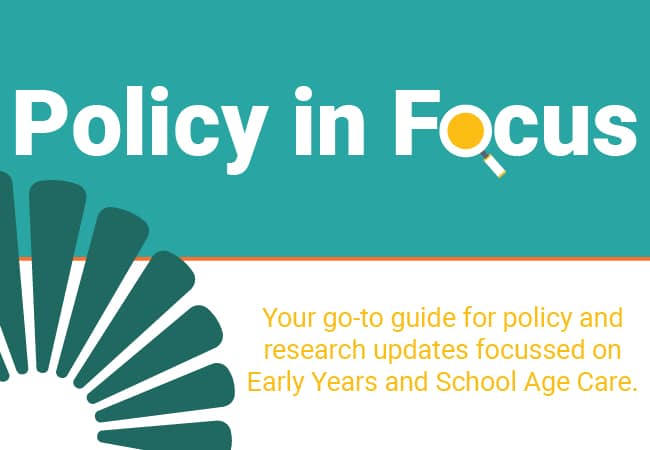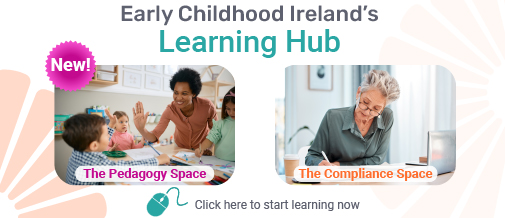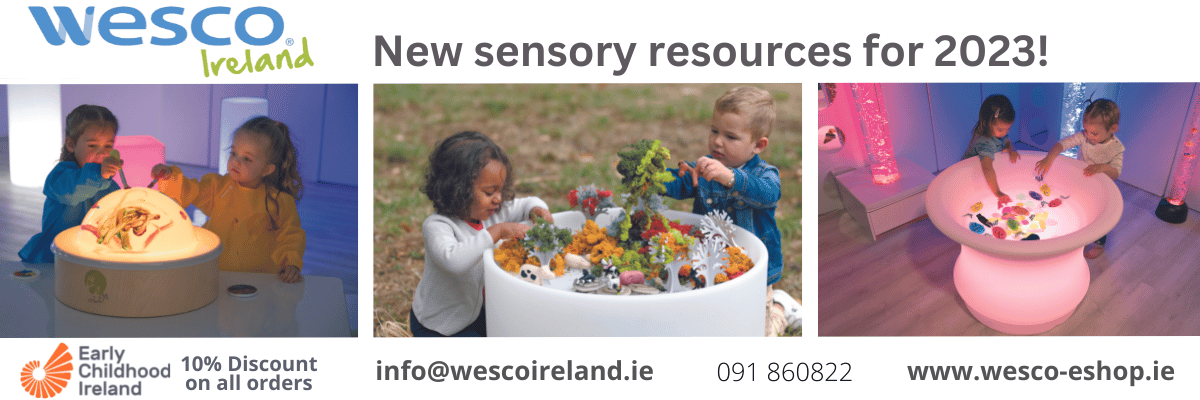Shape and Space
From the time they are born, babies explore and learn about the world through shape and space.
Shapes in particular are of immediate importance to them and babies react instinctively to the arrangement of shapes that make up the human face.Eyes, nose and mouth are shapes that when put together form the most important connection in the baby’s world – Mum or Dad.
The baby learns about shapes through their senses, touching, exploring and putting everything up to and into her mouth. Treasure baskets are a great way of providing the very young child with tactile (touching) experience of every day objects. In the early months babies experience constrained spaces (being wrapped up tightly in a blanket or carrier) and open space (stretching and kicking on the floor mat).
Once mobile, space opens up as they begin to crawl in and out of rooms, attempt to climb up and down stairs, hide under tables or behind curtains. Developing spatial sense gives children an awareness of themselves in relation to the people and objects around them.2
In pre-school there are many opportunities every day to work with shape and space. Children learn about geometry and other mathematical concepts through hands-on experiences. Materials they can touch and manipulate are particularly helpful, like blocks, boxes or containers, shape sorters, and puzzles. In working with soft and hard materials, children learn intuitively the skills and knowledge of engineering and archictecture. They know how far they can bend the cardboard boxes and how solid and stable the blocks are as they build a tower.
Something as simple as pouring water into different sized cups and thinking about which cup will hold more is a low-key activity that actually involves estimation, measurement, and spatial sense.
Language of shape and space
Mathematical language is most relevant to the child when it is linked with a real and meaningful activity. Take opportunities to introduce new words or merely to name the obvious, ‘Henry is crawling through the tunnel and under the net’ or ‘Moira is jumping onto the red circle’.
Consider the possibilities for language and concepts:
| Shape: | straight, curved, zigzag, loop, thick, thin, narrow, wide, circle, triangle, square, rectangle, star, round, flat, point |
| Texture: | smooth, soft, hard,rough, bumpy, sharp |
| Spatial: | on, top, under, beside, next to, inside, outside, same, different |
Identify shapes in the everyday
You can help children learn about geometry by identifying different angles, shapes, and three-dimensional figures in everyday objects. Ask them to identify and describe different shapes, to draw them in the air with their finger, to trace over them with their fingers, and to draw them on paper.Encourage children to observe and describe things they can see from unusual and usual angles also , such as from the top of the swing, from looking through their legs, or from the view they have when lying on their backs. These experiences will help children to understand the concepts of position and spatial viewpoints.4
Read
Through discussing pictures in books and photographs children will begin to understand the relationships between objects in pictures, as well as see various examples of different shapes.
Games
Games such as jigsaws, matching shape card games,ie snap, shape posting boxes. As children get older, they play games to find “hidden” triangles, squares, or rectangles that are turned in different ways or have odd shapes. Play ‘shape and seek’ – put some common shapes on a piece of paper and in teams the children have to find examples of those shapes in their environment – ie the clock could be an example of a circle shape.
Sorting
To help children learn that numbers are used to describe quantities and relationships, encourage them to:
-
Sort objects looking for similarities in either color, shape, or size.
-
Sort objects looking for differences, like which box is bigger.
Art area
Providing plenty of opportunities for junk art is a great way of promoting maths. Children creatively cut, stick and glue tubes, boxes, paper plates, string and ribbon to make wonderful creations. In the process they are matching and joining shapes, figuring out whether staples will securely hold material and cardboard together and learning through trial and error. Having paint, large sheets of paper and a variety of paint brushes available allows and encourages the children to use the space on the page to make big movements with their arms and paint large circles.
Play dough
Use different shapes in playing with dough – have circle cutters and plastic knives to experiment making different shapes and identifying them with the children.
Block play
Make and identify different shapes in building towers. Have pictures of different shaped buildings beside the construction area. In block play children can sort blocks by different shapes, fit together and construct walls and towers, using different shapes and figuring out what size is needed.Through block play children can build their own structures and explore the propoerties of 3D and 2D shapes.
Songs and rhymes
Sing songs like the Hokey Pokey – (in English and Irish), movement songs that encourage spatial awareness.Eencey Weencey Spider, Hey Diddle Diddle and Where is the pet? all include different words about position, which you can act as you say them. For more rhymes visit our parents page!
Get moving
Children explore spatial awareness through the different types of movement, eg balance, locomotion and manipulation;Let them climb in and out of boxes, on or around furniture, going under, over, around, through, into, on top of, and out of different things to experience themselves in space.
Sand and water play
Use sand to explore spatial relationships. What holds more? How many cups of sand are there in a bucket/container? Pour sand into different containers and compare.Make different shapes and lines in the sand using a range of tools such as buckets – to explore 3D shapes, rakes, sticks, feathers, water, moulds and so on.
Outdoor Play
Throwing and rolling balls, hula hoops, sand play making sand castles and using different moulds to make shapes.
Cooking
Making cakes and biscuits in different shapes using cookie cutters, or by hand, and decorating with fun icing patterns and colours.
Links to Aistear:
Exploring and Thinking:
| Aim 1 | Children will learn about and make sense of the world around them:
5. develop a sense of time, shape, space, and place 6. come to understand concepts such as matching, comparing, ordering, |
| Aim 2 | Children will explore ways to represent ideas, feelings, thoughts, objects, and actions through symbols.
In partnership with the adult, children will: 1. make marks and use drawing, painting and model-making to record objects, events and ideas 2. become familiar with and associate symbols (pictures, numbers, letters, and words) with the things they represent 3. build awareness of the variety of symbols (pictures, print, numbers) used to communicate, and use these in an enjoyable and meaningful way leading to early reading and writing
|
Let us know your suggestions:
___________________________________________________________________________
1&4Montague-Smith,Ann.Mathematics in Nursery Education.London:David Fulton Publishers, 2nd ed.2003
2 http://www.kidsource.com/education/math/whatis.html
3http://www.merga.net.au/documents/MERGA33_Symposium_BobisEtAl.pdf









